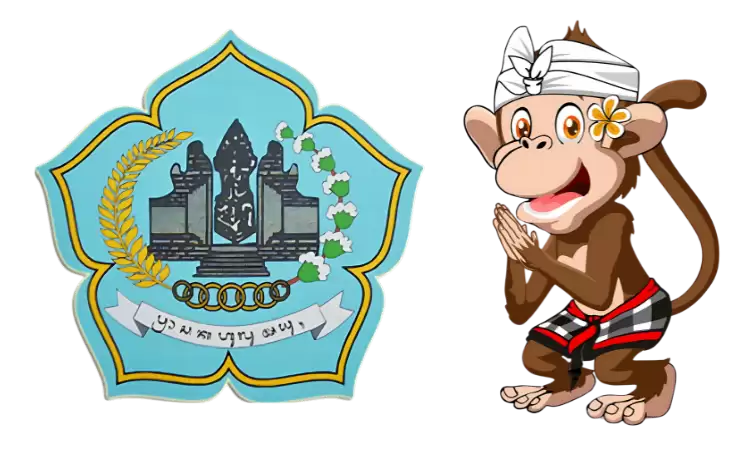Health & Population of Uluwatu’s Monkeys
The long-tailed macaques that inhabit Uluwatu Temple and Labuan Sait Beach are not just an attraction but hold deep spiritual significance for Balinese Hindus. These monkeys, believed to be the temple’s guardians, are said to protect the sacred site from negative energies. Visitors can observe them freely roaming throughout the temple grounds and surrounding areas, where they form intricate social groups and interact with both their environment and temple caretakers.
To ensure a healthy and sustainable monkey population, conservationists and temple caretakers collaborate closely with the Faculty of Veterinary Medicine, Udayana University. Uluwatu Temple is home to approximately 650 macaques, while Labuan Sait Beach hosts around 50 macaques. Regular health check-ups, including vaccinations, tusk trimming, and dietary monitoring, help prevent diseases and maintain their well-being. In case of emergencies, injured or sick monkeys receive immediate medical care at the Anom Veterinary Clinic.
The Faculty of Veterinary Medicine, Udayana University has confirmed that Uluwatu’s monkeys are healthy, well-nourished, and properly cared for. A sustainable feeding program ensures they receive a balanced diet without relying excessively on human interaction. By maintaining a protected and monitored environment, conservationists help sustain a harmonious coexistence between wildlife and cultural heritage, ensuring that these sacred monkeys remain an integral part of Uluwatu’s spiritual and ecological landscape.






